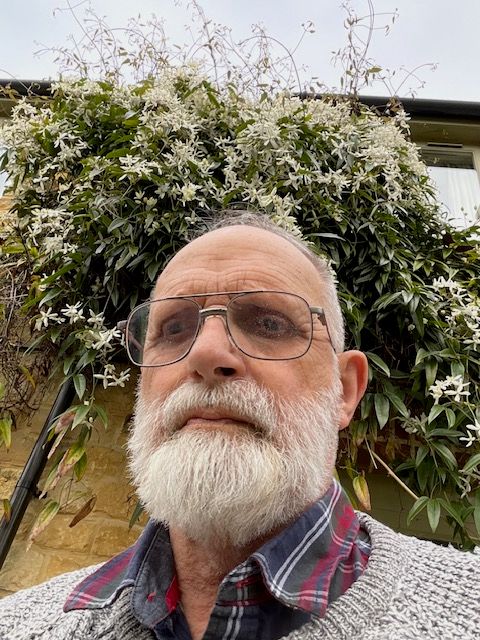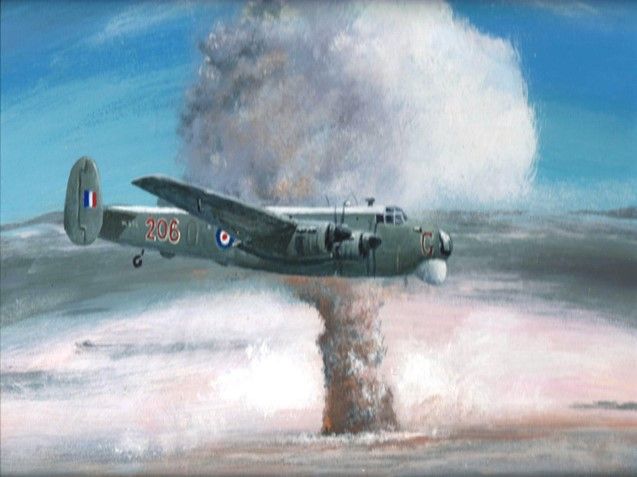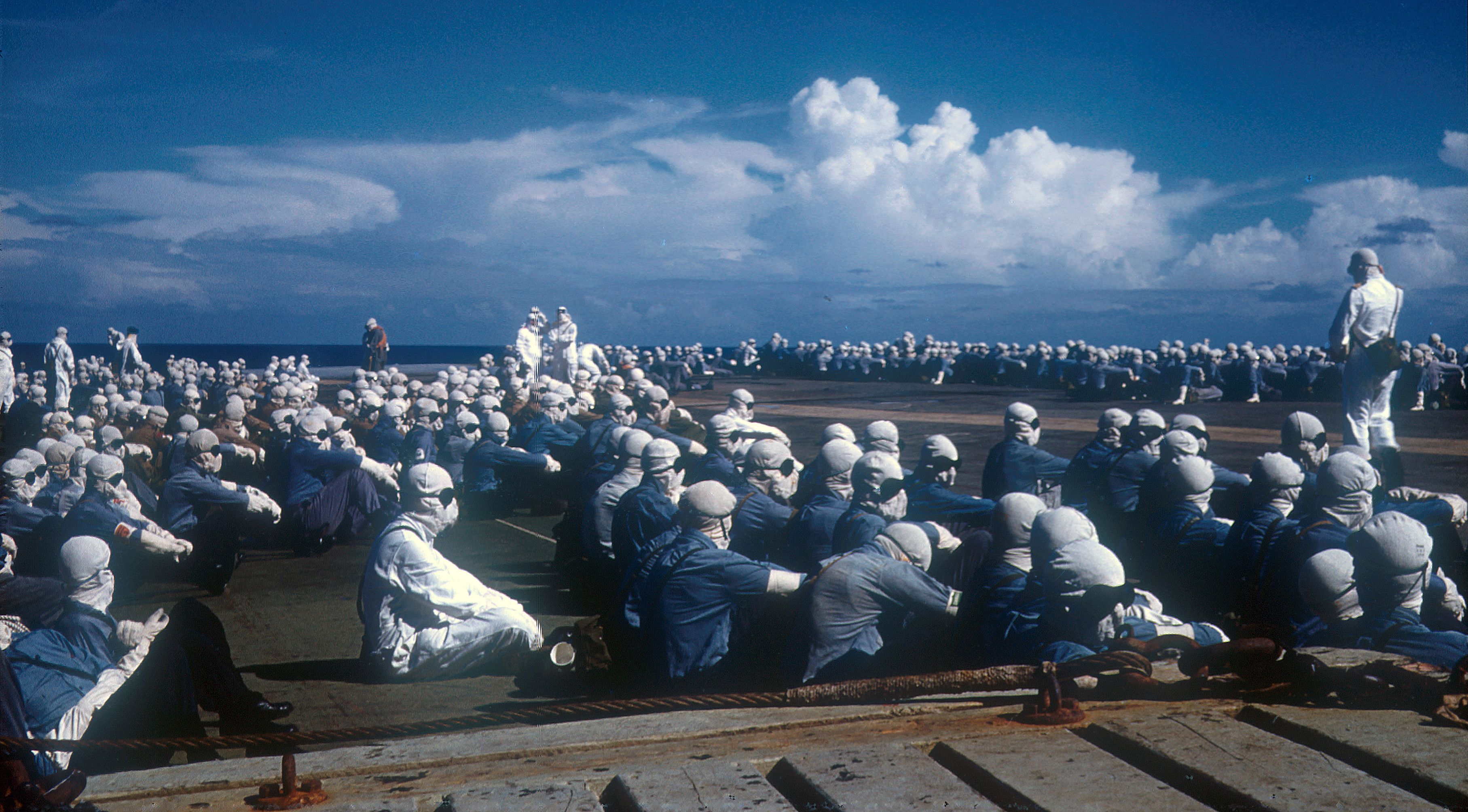
Robin Woolven was born in Portsmouth in 1937. He attended a grammar school in the city and joined the Royal Air Force after completing his O levels. After training, Woolven worked as an air signaller in Coastal Command. He was posted to Christmas Island for Operation Grapple and flew frequent sorties in maritime surveillance operations. After his return from Christmas Island, Woolven was commissioned as a navigator and spent time with Bomber Command. He completed one tour with the V Force before training as a development officer and eventually became the chief navigation instructor. Woolven left the RAF in 1978 after a final tour as flight commander of the 201 Squadron. After retiring from the RAF, Woolven went on to join MI5. He has also written several academic papers on aviation strategy. He currently lives in Gloucestershire and has three children, two stepchildren, and two step-grandchildren.
Interview extracts
Description
Robin Woolven joined the RAF as an air signaller in 1955 and progressed to the role of flight commander before stepping down from service in 1978. In this clip, he gives his personal reasons for joining the British Nuclear Test Veterans Association. Woolven alludes to the four official health studies on nuclear test veterans, which were originally commissioned by the Ministry of Defence and compared the health conditions of the UK’s 22,000 test veterans to a control group of the same number. Whilst highly contested, the results of the studies indicate that veterans’ health conditions were not statistically significant. Many veterans vehemently dispute these findings.
The image shows a painting of a Shackleton aircraft during Operation Grapple. Woolven was the signaller on the Shackleton that helped redivert the Libyan-registered freighter, Effie, which had sailed into the exclusion zone before the ‘X’ detonation, the UK’s first successful hydrogen bomb.
This is a short extract from an in-depth interview. Robin Woolven was recorded for the Oral History of British Nuclear Test Veterans project in 2024. The interviewer was Christopher R Hill. The project was run in partnership with National Life Stories and the full interview can be accessed at the British Library.
Transcript
The reason I joined the British Nuclear Test Veterans Association was, I was concerned that the impression they were giving was that all veterans are invalids in some way, and lots of people following the test have died. But, I was twenty at the time, I would expect lots of my people who were older than me to be dead by the time I got to my mid-eighties. That’s life, or, look at the statistics.
Yeah, and there have been a number of statistical studies which bear that out.
Yeah. There’s a slightly increased chance of some form of cancer, but it’s not statistically significant.
[ends at 0:00:53]

An amateur artist's painting of an Avro Shackleton in front of a mushroom cloud during Operation Grapple. Photo © Robin Woolven, used with permission. Photo © Robin Woolven, used with permission.


